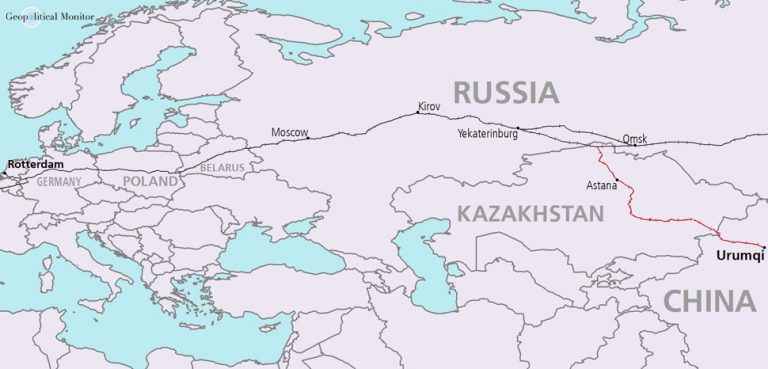Summary
Building modern infrastructure to link China’s Yunnan province with South Asia via Bangladesh is an idea that long predates the Belt and Road Initiative. First imagined as the “Kunming Initiative” in the early 1990s, this regional development scheme contributed greatly to China’s earliest plans to revive the Silk Road of antiquity. In 1999, the Kunming Initiative evolved into the BCIM Corridor (Bangladesh, China, India, Myanmar). And over a decade later, it was incorporated into President Xi Jinping’s landmark Belt and Road Initiative.
Yet unfortunately, years of these rebrandings, and the vague pledges that inevitably follow, have done nothing to alter the ground-level geopolitical and developmental hurdles that continue to thwart greater connectivity in the region. Foremost among them is the fact that both India and China view swathes of the BCIM corridor as falling in their own exclusive backyards, and thus tend to view economic inroads made by their rival through a zero-sum lens. This dynamic has contributed heavily in making the BCIM corridor the most intangible of all overland BRI corridors. In fact, there was a moment in 2019 when it appeared as though the corridor had been dropped entirely from the BRI project.




